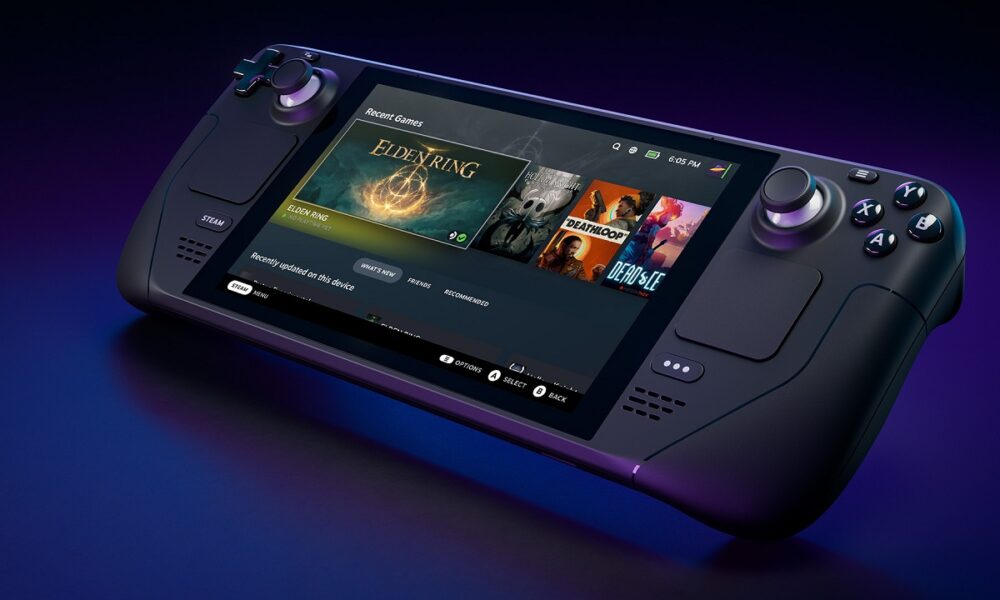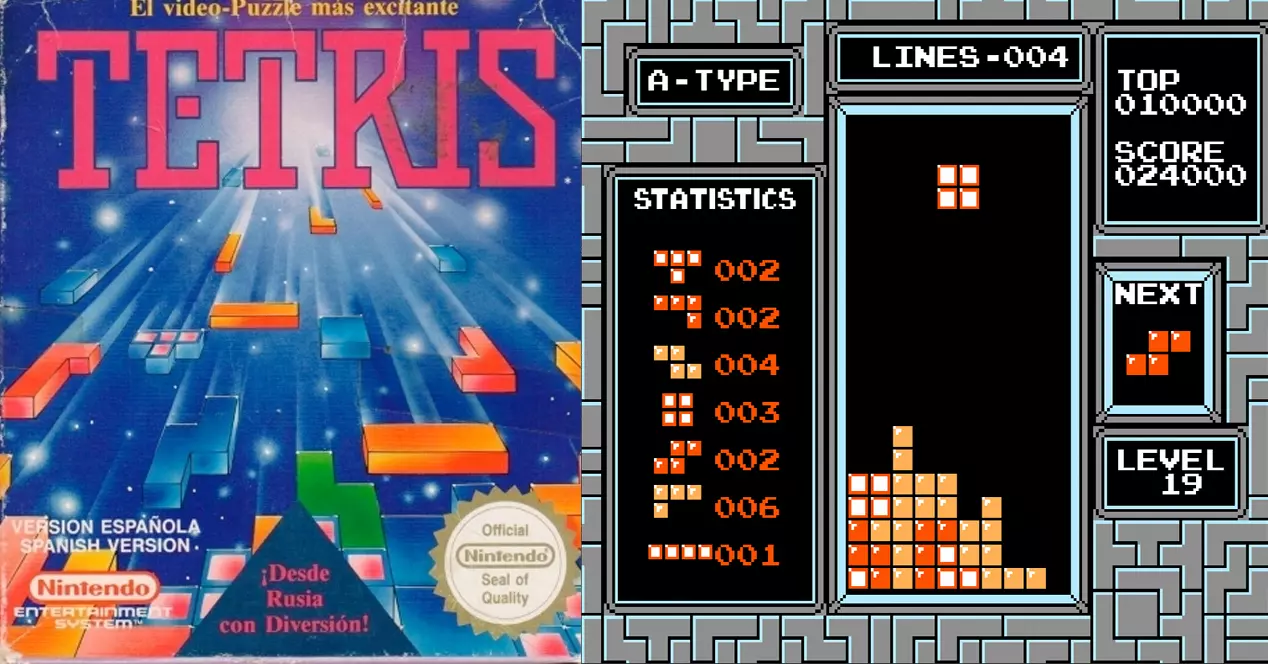
Despite not being a bestseller and at the moment it is more of an experiment than a consolidated product, the good reception that the Steam Deck at general levels it has encouraged Valve to advance its plans related to future versions of its console / mini-PC. As is logical, future versions of the Steam Deck are expected to improve in power, but it is at this point that Valve has stepped forward to ask the user community for patience.
In an interview with Rock Paper Shotgun, Lawrence Yang, who works for Valve as a designer, has warned that we will have to wait a few years to see “a true next generation Deck with a significant increase in power”. This means that, if a new version of the device appears during the course of this year, it would not bring a revolutionary improvement compared to the first generation, although the presumed presence of RDNA 3 could bring things an improvement in the support of the tracing of good heavens.
Pierre-Loup Griffais, a Valve engineer who also participated in the interview with Rock Paper Shotgun, has commented that the company will continue development of SteamOS, the Linux operating system and distribution used by the Steam Deck, and on the Proton compatibility layer. , which has established itself as the main way to support the device and offer compatibility for Linux in general. inside that work is HDR support for compatible external monitors, a feature that, at least for now, escapes the Linux desktop. Hopes on that front are pinned on Wayland, a graphical protocol that aspires to succeed the veteran Xorg for a decade and a half.
Due to the use of an APU for graphics processing (so no dedicated graphics memory) and compatibility layers, it is not uncommon to see some titles end up having performance issues on the Steam Deck. However, and although Valve is aware of the limitations of the mini-PC, they hope that developers will stick with its current specifications for a little longer.
Another point pointed out by Valve employees is that the adaptation of a title to the Steam Deck would allow for “smoother performance on a wider variety of PCs and would improve the experience for the entire player base”. Here we enter into the assumption that the console could serve as a floor at the level of requirements in a sector in which hardware sales are falling. Added to this is a growing number of users who are dissatisfied with the prices in recent years and with requirements that are difficult for many to meet, especially due to the difficulties that have occurred in recent years to buy a decent dedicated graphics card for a Reasonable price.
In short, it is best to remain cautious in the face of the next iterations of the Steam Deck. The ball here is mainly in the court of an AMD that knows how it will evolve the integrated graphics used by its APUs and a coup d’état by Intel should not be ruled out, although the latter has a lot of work ahead of it to catch up with Radeon and Valve is the main developer of RADV, the Vulkan driver for Radeon used by the Steam Deck and by default by all Linux distributions.




